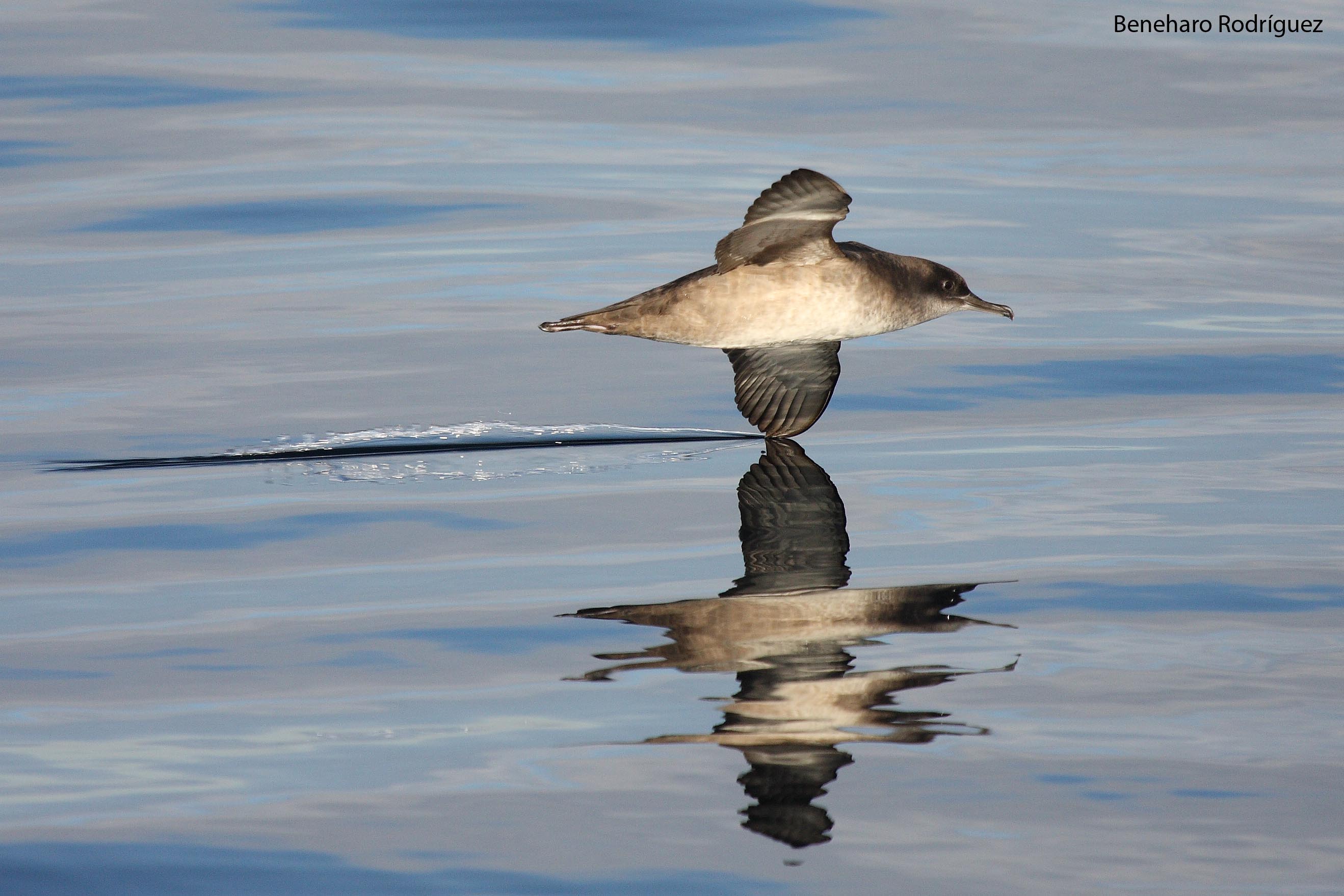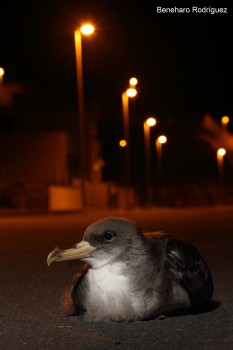Airam Rodríguez (Department of Evolutionary Ecology, Estación Biológica de Doñana, Seville, Spain) and colleagues have published in the Journal of Ornithology on the effects of light pollution on fledging procellariiform species in the Balearic Islands.
The paper’s abstract follows:
“Petrels are among the most threatened group of birds. On top of facing predation by introduced mammals and incidental bycatch, these seabirds have to deal with an emerging threat, light pollution, which is increasing globally. Fledglings are disoriented and attracted to artificial lights in their maiden night flights from their nests to the sea. Once grounded, they are exposed to multiple threats leading to high mortality. We report on numbers of three petrel species (Balearic shearwater Puffinus mauretanicus, Scopoli’s shearwater Calonectris diomedea, and European storm-petrel Hydrobates pelagicus) rescued on the Balearic Islands, Mediterranean Sea, in the period 1999–2013. We assessed the proportion of grounded fledglings in the population and colonies impact based on radiance levels measured from a nocturnal satellite image. We also calculated the radius of light pollution impact. At least 304 fledgling birds were found stranded due to attraction to artificial lights, fatally affecting 8.5 % of them. The proportion of grounded fledglings ranged between 0.13 and 0.56 % of the fledglings produced annually. The body mass of Balearic and Scopoli’s shearwater fledglings decreased with rescue date. Light-induced mortality increased during the fledging period for Scopoli’s shearwaters. Birds were rescued at a mean distance of 4833 m from the nearest colony, and between 30 and 47 % of colonies were exposed to light-polluted areas. Although impact seems to be low for all species, urban development and, consequently, the increase in light pollution in the proximity of the colonies should be taken into account to reduce as much as possible this emerging source of mortality.”

Balearic Shearwater at sea, photograph by Beneharo Rodríguez

Cory's Shearwater fledgling downed by light pollution, photograph by Beneharo Rodríguez
With thanks to Airam Rodríguez for information.
Reference:
Rodríguez, A., García, D., Rodríguez, B., Cardona, E., Parpal, L. & Pons, P. 2015. Artificial lights and seabirds: is light pollution a threat for the threatened Balearic petrels? Journal of Ornithology DOI 10.1007/s10336-015-1232-3.
John Cooper, ACAP Information Officer, 09 June 2015

 English
English  Français
Français  Español
Español